Was the 1970s a free-spirited golden age or a public safety crisis waiting to happen? At the time, what is now deemed reckless or even illegal was simply business as usual. Folks were piling into truck beds, lighting up at their workstations, and letting children play with toys that were effectively cudgels. It was a different world, one governed by lax laws, diminished knowledge of risks, and cultural acceptance of peril that feels almost extraterrestrial today.
Across the decades, science, activism, and some disastrous wake-up calls rewrote the rules. From environmental agreements that mended the ozone hole to safety initiatives that made seatbelts second nature, society concluded that some “normal” behaviors were no longer worth the risk. Here’s a glimpse at some of the most shocking ’70s staples that are now prohibited, restricted, or highly controlled and the reason why they vanished.

1. Driving Without Buckling Up
In the ’70s, seatbelts were de facto optional, even if your vehicle came equipped with them. Few cars came with rear belts, and buckling up wasn’t a habit of most drivers. This changed following decades of pressure and legislation. By the mid-1980s, states such as New York enforced wearing seatbelts, and public campaigns repositioned them as an indispensable safety device. Volvo’s 1959 move to keep its three-point seatbelt patent open had already set the stage for safer vehicles, but laws were required to make use of it universal. Now, opting out of the belt can result in big fines and a lot better chances of serious harm.
2. Riding in the Back of Pickup Trucks
There are few sights that evoke ’70s country life more than seeing a bunch of kids riding in the open bed of a pickup truck. It was exciting, casual, and by today’s standards excessively open. Crashes and deaths eventually prompted legislators to get tough. Numerous states prohibit passengers in truck beds on the highway, particularly children, as a result of the absence of protection in crashes or emergency stops. What was a past nostalgic coming-of-age ritual is currently a citable offense in most of America.

3. Drinking and Driving Was Loosely Enforced
Although drunk driving was never legally permitted, in the ’70s there were much higher legal levels of blood alcohol content and lenient enforcement. It took the rise of groups like Mothers Against Drunk Driving in 1980 to get the public angry enough to change the culture. By the mid‑1980s, the national movement to set a 0.08% BAC limit had momentum, and states started passing stricter penalties. The change made a difference: deaths plummeted when tougher laws and sobriety stops became the standard.

4. Newborns Without Car Seats
In the ’70s, taking a newborn home was just as likely to mean holding them in your arms in the front seat. Early car seats did exist but were more intended to prevent kids from squirming around than to save them in an accident. It wasn’t until the National Highway Traffic Safety Administration required harnesses in 1971 that things started getting safer. Now, all 50 states mandate age- and size-appropriate seats, and hospitals won’t release newborns without evidence of one. The policy has been responsible for saving tens of thousands of child lives.
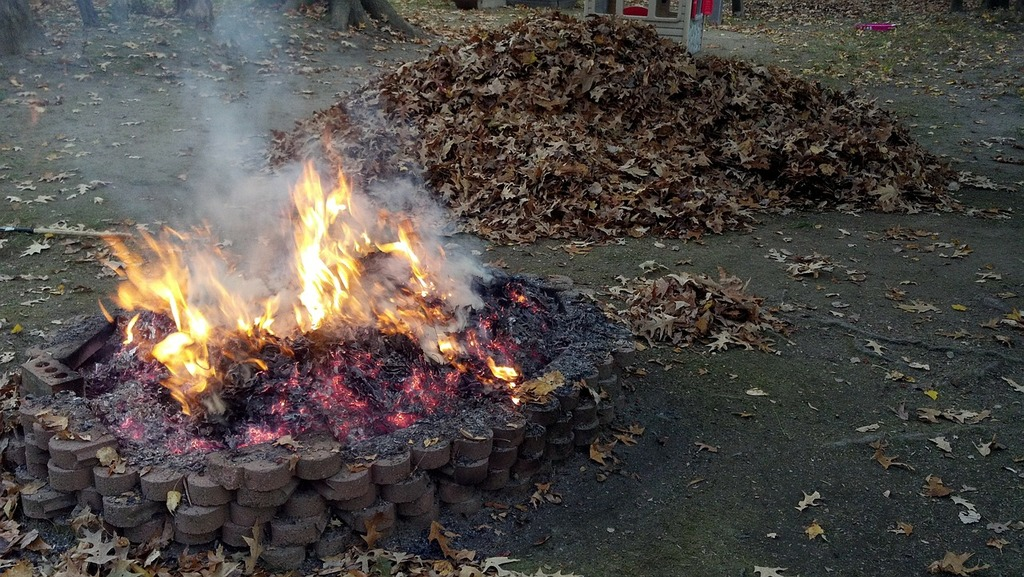
5. Backyard Trash Burning
Incinerating trash from homes trash and plastics alike used to be a routine weekend task. Poisonous smoke was not well documented, and few regulations governed it. With the growth of environmental science came the undeniable health hazards. Laws currently prohibit open burning in most neighborhoods, and waste facilities provide cleaner disposal. The cultural change reflects larger environmental victories, such as the Montreal Protocol banning CFCs worldwide and enabling the ozone layer to heal.

6. Lawn Darts in the Yard
Known as “Jarts,” these heavy, sharp‑tipped darts were a backyard hit until tragedy struck. After a 7‑year‑old girl was killed in the ’80s, her father’s campaign led to a U.S. ban in 1988. In the eight years before the ban, lawn darts sent over 6,000 people to the ER. The Consumer Product Safety Commission still warns families to destroy any vintage sets they find, underscoring how a single product can redefine safety standards.
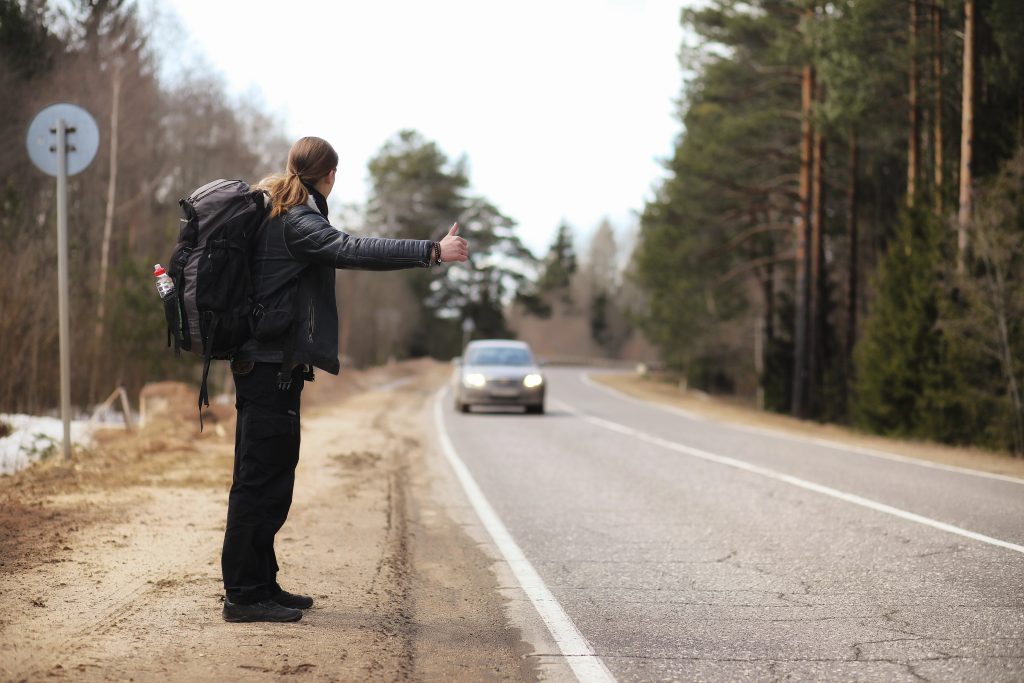
7. Hitchhiking as a Typical Commute
In the early ’70s, hitchhiking was mainstreamed embraced by counterculture youth, laborers, and even etiquette authorities in wartime. But when legislation became tighter and high-profile crimes hit the headlines, the practice’s reputation turned sour. The development of the Interstate Highway System made it more dangerous to pull over, and increasing car ownership lessened the need. Now, it’s completely prohibited on highways in many states, replaced by ride-sharing apps that provide a digital platform of protection and accountability.

8. Smoking Indoors on the Job
Rolling one at your desk used to be a badge of workplace acceptance. Offices, restaurants, and even airplanes were filled with cigarette smoke, subjecting all to the dangers of secondhand smoke. As mounting medical proof accumulated, smoke-free legislation rolled across states in the ’90s and 2000s. Today, indoor bans on smoking are ubiquitous, safeguarding workers and customers alike from the hazards of involuntary inhalation.
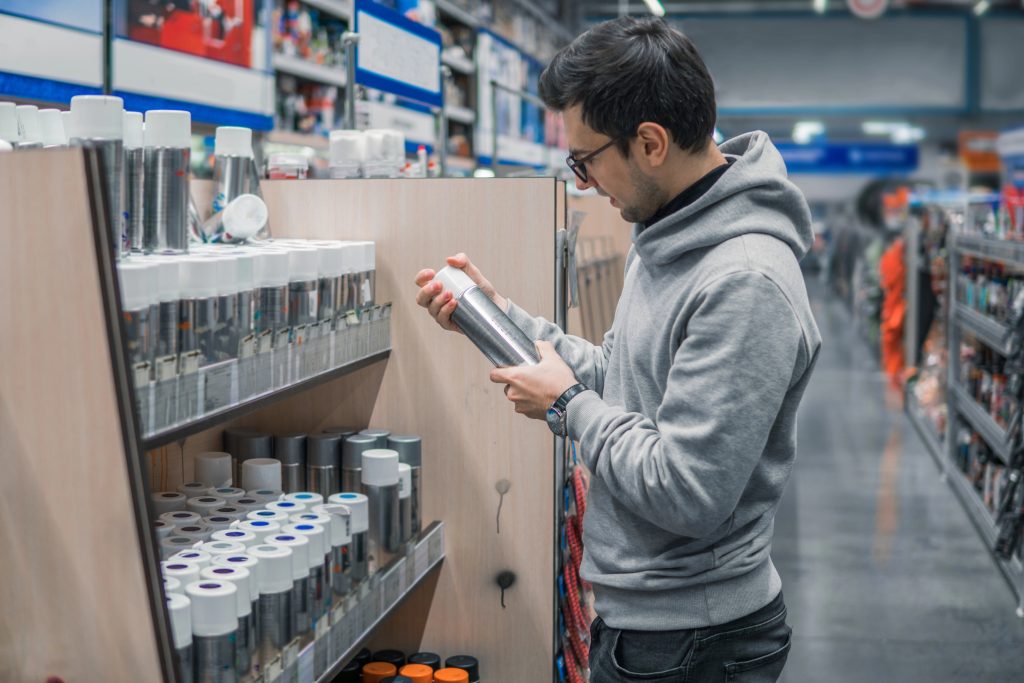
9. Purchasing Aerosol Products Containing CFCs
In the ’70s, cleaning sprays and hairsprays commonly used chlorofluorocarbons, which were subsequently discovered to be depleting the ozone layer. The 1987 Montreal Protocol phased them out globally, eliminating 98% of ozone-depleting chemicals and averting millions of skin cancer cases. Now, CFCs are prohibited in consumer goods, and the treaty is cited as being one of the most successful environmental treaties in history.
The ’70s are remembered fondly, perhaps, but a lot of its daily routines had unintended price tags. The prohibitions and restrictions that followed weren’t intended to murder fun they were meant to save lives, safeguard health, and secure the earth. Retrospectively, it is obvious that exchanging a little bit of liberty for security has been worth it in ways now taken for granted.


